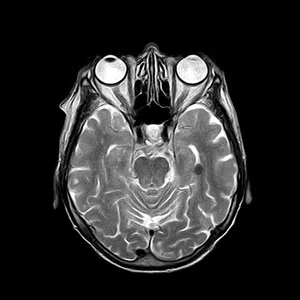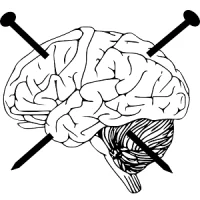A recent study proposes
an innovative tunable consensus clustering paradigm that overcomes the issue of
low statistical power in the neurosciences, namely overestimates of effect size
and low reproducibility of results. The paradigm is capable of merging large
and complex amounts of data from several analysis methods with the aim to
obtain robust and reproducible clusters from various datasets.
Analysis of data derived from functional magnetic resonance imaging (fMRI) is increasingly favoured to measure complex brain activity. fMRI achieves that by detecting changes associated with blood flow and variations among different parts of the brain, thus producing large amounts of data. The issue of multiple comparisons often leads researchers to opt for small samples, which consequently jeopardise the reliability of the findings.
A collaborative study between the Universities of Brunel, UK and Aarhus, Denmark, for the first time analysed large amounts of fMRI data with the consensusclustering paradigm called binarisation of consensus partition matrices (Bi-CoPaM). This paradigm is capable of overcoming the clustering methods selection problem, as well as reliability issues, by first applying three analysis methods on multiple datasets and then merging the clustering results.
To validate the method, the team of researchers applied it to a complex fMRI experiment involving affective processing of hundreds of music clips. They discovered that brain structures associated with visual, reward and auditory processing have intrinsic spatial patterns of coherent neuroactivity. They then compared the results obtained from the innovative method and those from each individual clustering algorithm. The comparison demonstrated that the Bi-CoPaM paradigm has significant advantages over the single clustering algorithms “in being able to evidence robust connectivity patterns even with complex neuroimaging data, involving a variety of stimuli and affective evaluations of them”.
Source Credit: International Journal of
Neural Systems
References:
Liu C, Abu-Jamous B, Brattico E, Nandi AK (2016) Towards tunable consensus clustering for studying functional brain connectivity during affective processing. International Journal of Neural Systems; DOI: 10.1142/S0129065716500428








